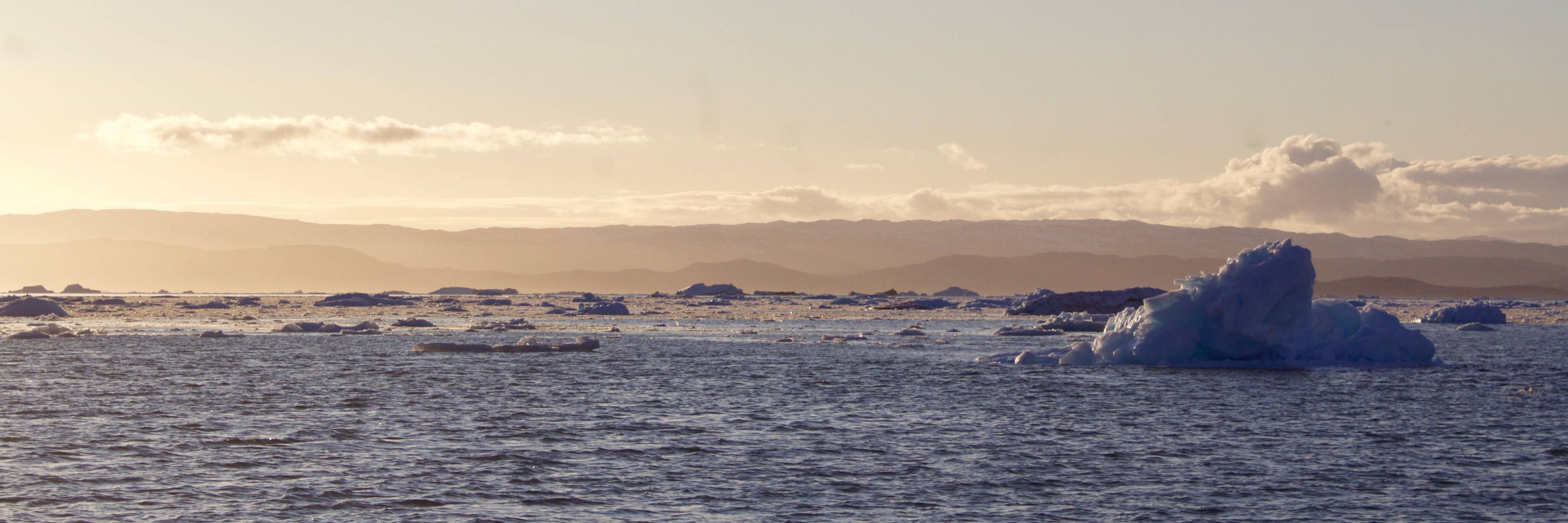





doi.org/10.1126/scie...

doi.org/10.1126/scie...
With collaborator @geobiomaggie.bsky.social (1/3)

With collaborator @geobiomaggie.bsky.social (1/3)


Register here: apps.ipcc.ch/comments/src...
⚠️ Registration closes 30 Nov2025
🔗 www.ipcc.ch/2025/09/17/p...




Register here: apps.ipcc.ch/comments/src...
⚠️ Registration closes 30 Nov2025
🔗 www.ipcc.ch/2025/09/17/p...
Delighted to share our new paper out now on global lake brGDGT temperature calibrations: advances, applications and challenges:
www.sciencedirect.com/science/arti...
@hassfacultyncl.bsky.social @bas.ac.uk @ogu-bristol.bsky.social

Delighted to share our new paper out now on global lake brGDGT temperature calibrations: advances, applications and challenges:
www.sciencedirect.com/science/arti...
@hassfacultyncl.bsky.social @bas.ac.uk @ogu-bristol.bsky.social

• Process alpine plant seeds collected in Colorado.
• Ideal start date: Oct 1 (or as soon as possible).
• Application deadline: Sep 19.
Look for student jobs at www.colorado.edu/instaar/jobs

• Process alpine plant seeds collected in Colorado.
• Ideal start date: Oct 1 (or as soon as possible).
• Application deadline: Sep 19.
Look for student jobs at www.colorado.edu/instaar/jobs
Start: Feb 2026 (flexible)
Application deadline: 24 Oct 2025
For details click here: tinyurl.com/BioExtPhD
Reposts appreciated 😁

Start: Feb 2026 (flexible)
Application deadline: 24 Oct 2025
For details click here: tinyurl.com/BioExtPhD
Reposts appreciated 😁

tos.org/oceanography...
tos.org/oceanography...
Get in touch if you'd like to hear more, and apply by Nov 1!
phd.nat.au.dk/for-applican...
Get in touch if you'd like to hear more, and apply by Nov 1!
phd.nat.au.dk/for-applican...
Join us in shaping this new JQS Special Issue.
"Beyond the #Eruption – Advances and Applications in Distal Tephra Analysis Across the Geosciences"
Deadline: 2 Jan 2026.
Further details below: onlinelibrary.wiley.com/page/journal...

Join us in shaping this new JQS Special Issue.
"Beyond the #Eruption – Advances and Applications in Distal Tephra Analysis Across the Geosciences"
Deadline: 2 Jan 2026.
Further details below: onlinelibrary.wiley.com/page/journal...

www.sciencedirect.com/science/arti...

www.sciencedirect.com/science/arti...


@isabellaoleksy.bsky.social & @jbaron4.bsky.social

@isabellaoleksy.bsky.social & @jbaron4.bsky.social
www.tandfonline.com/doi/full/10....

www.tandfonline.com/doi/full/10....

